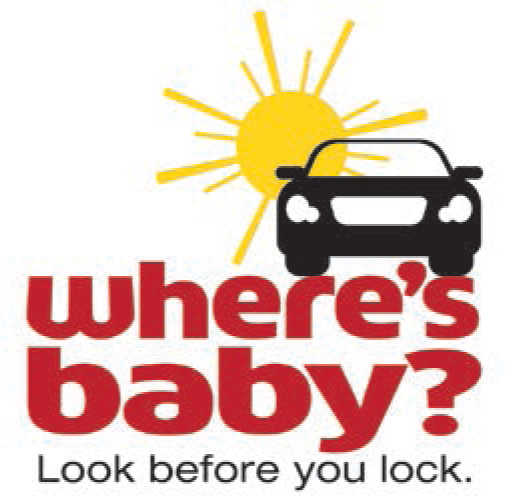Florida Driver Handbook: Protecting Children
Order now5. Driving Safety
- 5.1. Distracted Drivers
- 5.2. Getting Ready to Drive
- 5.3. Defensive Driving
- 5.4. Driving Safety for Mature Drivers - Tips to Help You Drive Safer .... Longer
- 5.5. When You Back Up
- 5.6. Avoiding Rear-end Collisions
- 5.7. Emotions
- 5.8. Basic Driver Improvement
- 5.9. Safety Belts
- 5.10. Protecting Children
- 5.11. Speed Limits
- 5.12. Following Officer's and Fireman's Instructions
- 5.13. Crossing Intersections
- 5.14. Right-of-Way
- 5.15. Stop Signs
- 5.16. Open Intersections
- 5.17. Roundabouts
- 5.18. Driveways
- 5.19. Emergency Vehicles
- 5.20. Making Turns
- 5.21. Turnabout (Three-Point Turn)
- 5.22. Turn Signals and Emergency Signals
- 5.23. Traffic Lanes
- 5.24. Blind Spots
- 5.25. Passing
- 5.26. Minimum Safe Following Distances
- 5.27. Parking
- 5.28. Expressway Driving
- 5.29. Night Driving
- 5.30. Animals
- 5.31. Reduced Visibility
- 5.32. Handling Emergencies
- 5.33. First Aid
 All Children 5 Years Of Age Or Younger Must Use A Restraint Device When Riding In A Motor Vehicle.
All Children 5 Years Of Age Or Younger Must Use A Restraint Device When Riding In A Motor Vehicle.
The number one killer of young children in the United States is traffic crashes in which children were not restrained at all.
Over 90 percent of the deaths and 80 percent of the injuries in car crashes could be prevented by using crash-tested child restraints. Each passenger on a school bus equipped with safety belts or restraint systems shall wear a properly adjusted and fastened safety belt at all times while the bus is in operation. Seat belts on buses are exempt on buses purchased new prior to December 31, 2000.
In passenger vehicles, children should be secured in the rear seat. Never secure a child in the front passenger side, especially if your vehicle has an air bag. The law requires every driver to properly secure children five years of age or younger in child restraint devices riding in a passenger car, van, or pick-up truck, regardless of whether the vehicle is registered in this state. Infant carriers or children's car seats must be used for children up to three years of age and younger. Child restraint requirements do not apply to a chauffeur driven limousine, sedan, van, bus motor coach, or other passenger vehicle if the operator and vehicle are for hire; however, it is the obligation and responsibility of the parent, guardian or other person responsible for the child's welfare.
For children aged four through five years of age, a separate carrier, an integrated child seat or a seat belt may be used. All infant carriers and car seats must be crash-tested and approved by the U.S. Government. Children being carried or riding bicycles should wear properly fitted bicycle helmets.
Child Restraint Requirements
| Child's Age | Restraint Requirement |
|---|---|
| Up to Three Years of Age | Infant Carrier |
| Four to Five Years of Age | Infant Carrier, Integrated Child Seat, or Seat Belt |
| Over Five Years of Age | Safety Belt |
5.10.1 - What is the Best Child Seat?
- The one that fits your child.
- The one that fits your vehicle.
- The one that you will use correctly every time.
For more information on the best child seat, please visit: http://www.flhsmv.gov/safety-center/vehicle-and-child-safety/child-safety/ and obtain information on Occupant Protection & Child Passenger Safety News.
5.10.2 - Leaving Children Unattended or Unsupervised in Motor Vehicles
Check out our Customer Reviews!


